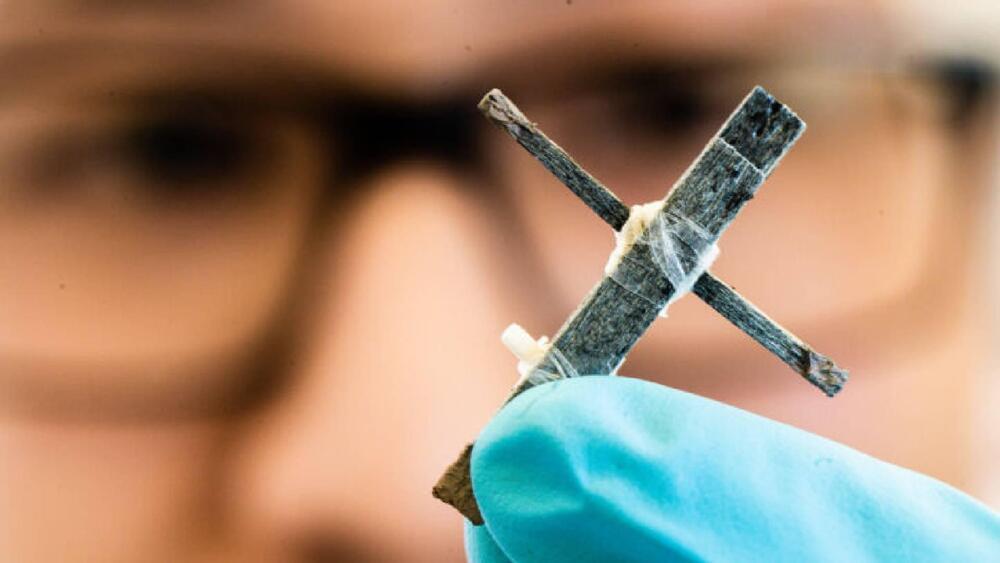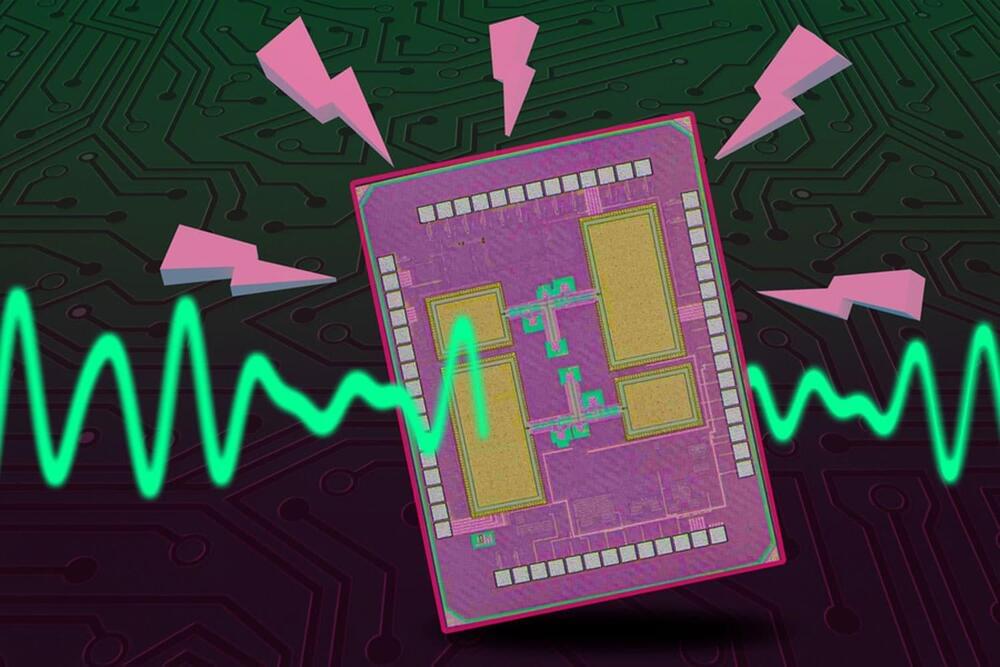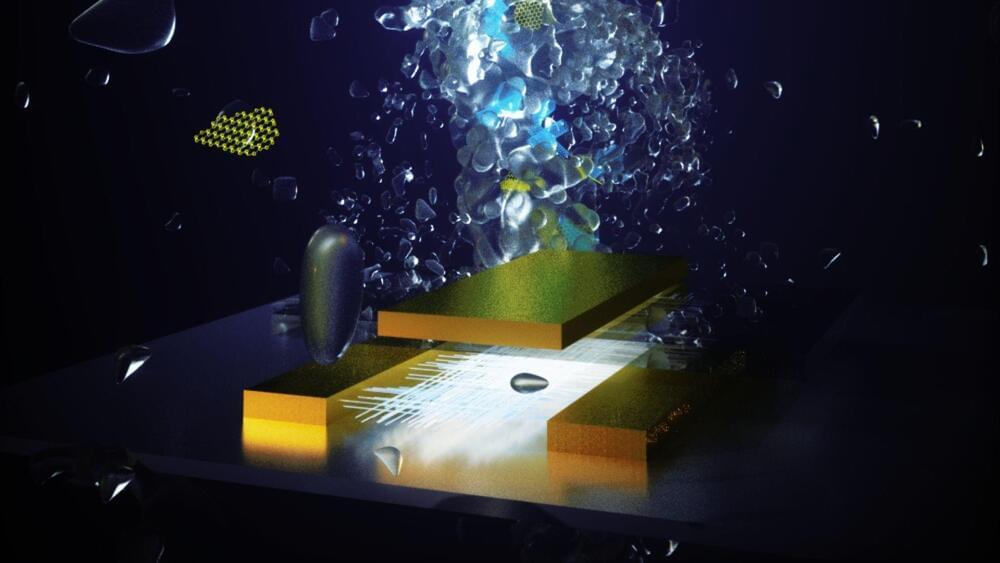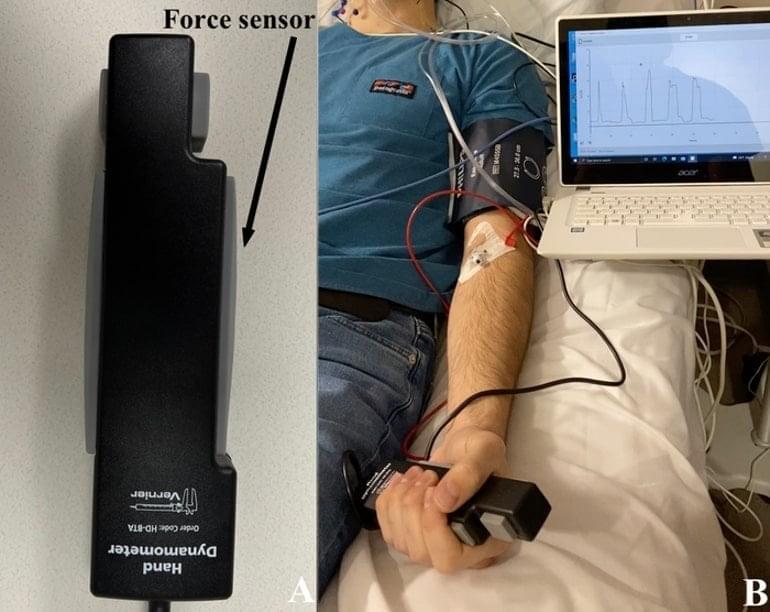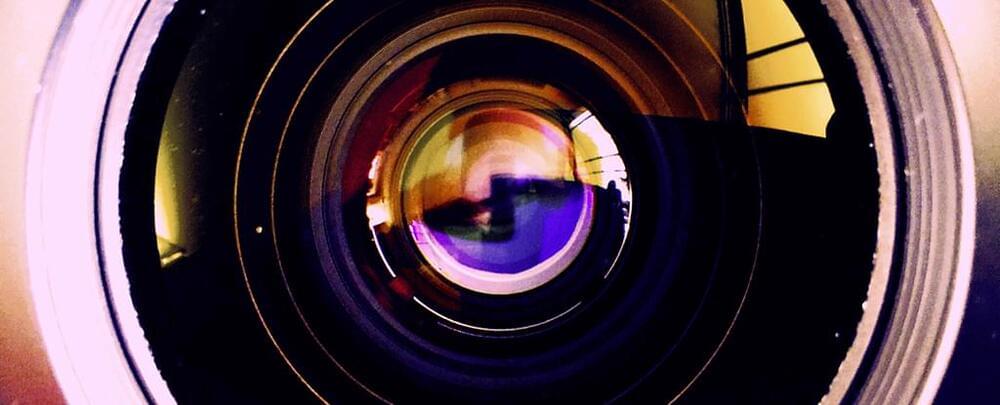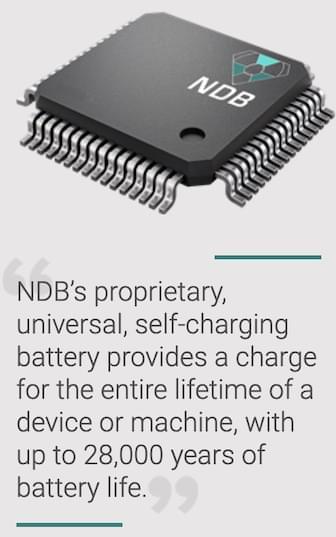May 1, 2023
The world’s first electrical wooden transistor has finally been invented
Posted by Jose Ruben Rodriguez Fuentes in categories: computing, electronics
This is according to a press release by the institutions published on Thursday.
“We’ve come up with an unprecedented principle. Yes, the wood transistor is slow and bulky, but it does work, and has huge development potential,” said Isak Engquist, senior associate professor at the Laboratory for Organic Electronics at Linköping University.
This isn’t the first time scientists have attempted to produce wooden transistors but previous trials resulted in versions that could regulate ion transport only. Making matters worse was the fact that when the ions ran out, the transistor stopped functioning.
